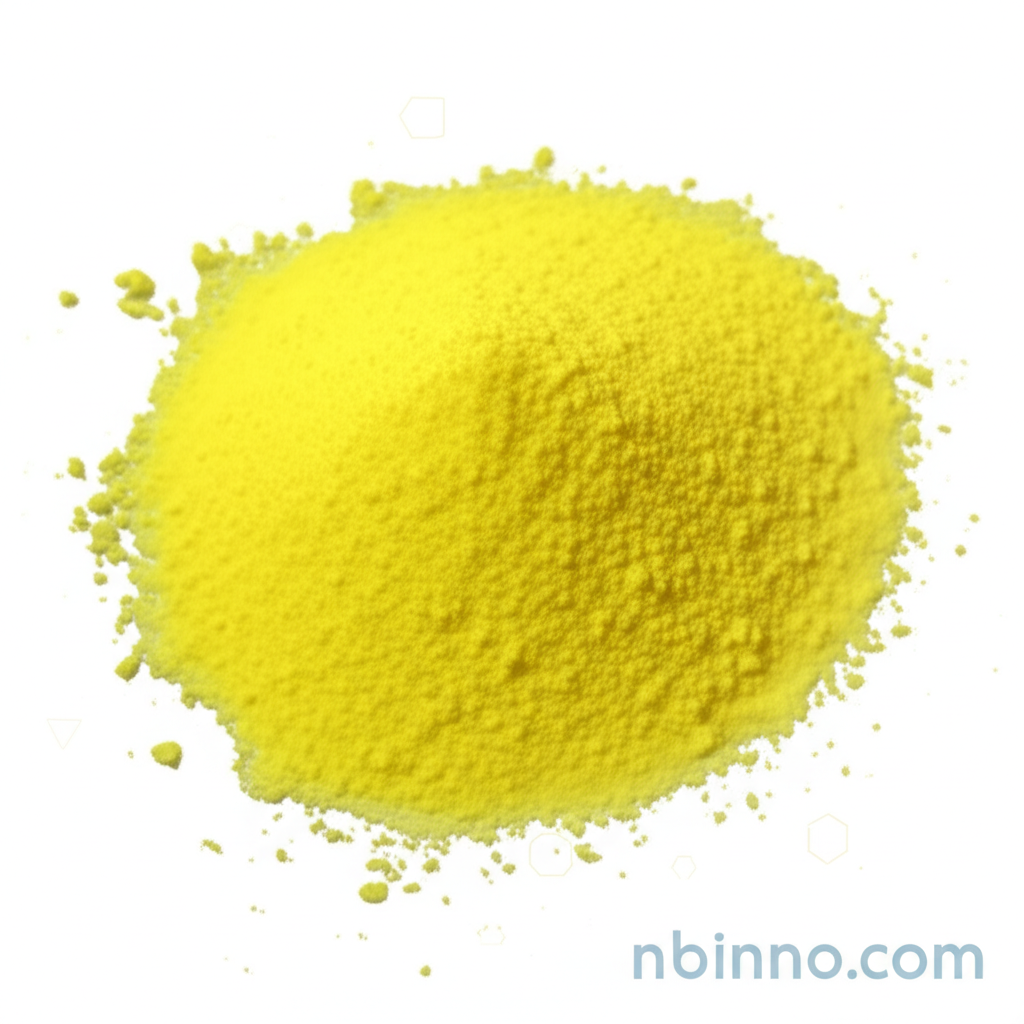2,6-Difluoro-4-nitrophenol: A Key Intermediate in Advanced Synthesis
Explore the properties, synthesis, and applications of this vital organic compound.
Get a Quote & SampleProduct Core Value

2,6-Difluoro-4-nitrophenol
This compound serves as a crucial building block in various chemical synthesis pathways, particularly in the realm of organic chemistry and the development of advanced materials. Its unique structure, featuring both fluorine atoms and a nitro group on a phenol ring, makes it highly valuable for introducing specific functionalities into larger molecules.
- Explore the synthesis of 2,6-difluoro-4-nitrophenol for consistent supply. Understanding the 2,6-difluoro-4-nitrophenol synthesis is key for reliable sourcing.
- Investigate the chemical properties of 2,6-difluoro-4-nitrophenol for diverse research applications. Delving into its chemical properties unlocks its potential.
- Discover the primary uses of CAS 658-07-1 in organic synthesis. The compound, known by its CAS 658-07-1, is integral to many reactions.
- Utilize 2,6-difluoro-4-nitrophenol as pharmaceutical intermediate building blocks. Its role in creating complex drug molecules is significant, making it a sought-after pharmaceutical intermediate building block.
Key Advantages
Versatile Reactivity
The presence of electron-withdrawing fluorine atoms and a nitro group enhances the reactivity of the phenolic hydroxyl group and the aromatic ring, facilitating various chemical transformations.
Building Block for Specialty Chemicals
Its structure makes it an ideal precursor for synthesizing a range of specialty chemicals, including those used in the electronics industry and advanced materials science, highlighting its utility as a specialty chemical intermediate.
Facilitates Fluorinated Compound Synthesis
As a fluorinated compound, it's essential for researchers and manufacturers looking to incorporate fluorine into molecules for enhanced stability, lipophilicity, or binding affinity, making it valuable for fluorinated organic synthesis.
Key Applications
Organic Synthesis
Serves as a vital reagent in various organic reactions, enabling the construction of complex molecular architectures for research and development.
Pharmaceutical Intermediates
Used in the synthesis of active pharmaceutical ingredients (APIs) and drug candidates, contributing to the development of new therapeutics.
Electronic Chemicals
Potential applications in the synthesis of materials for electronic devices, leveraging its specific chemical properties.
Research and Development
A valuable compound for academic and industrial research labs exploring new chemical entities and materials.
